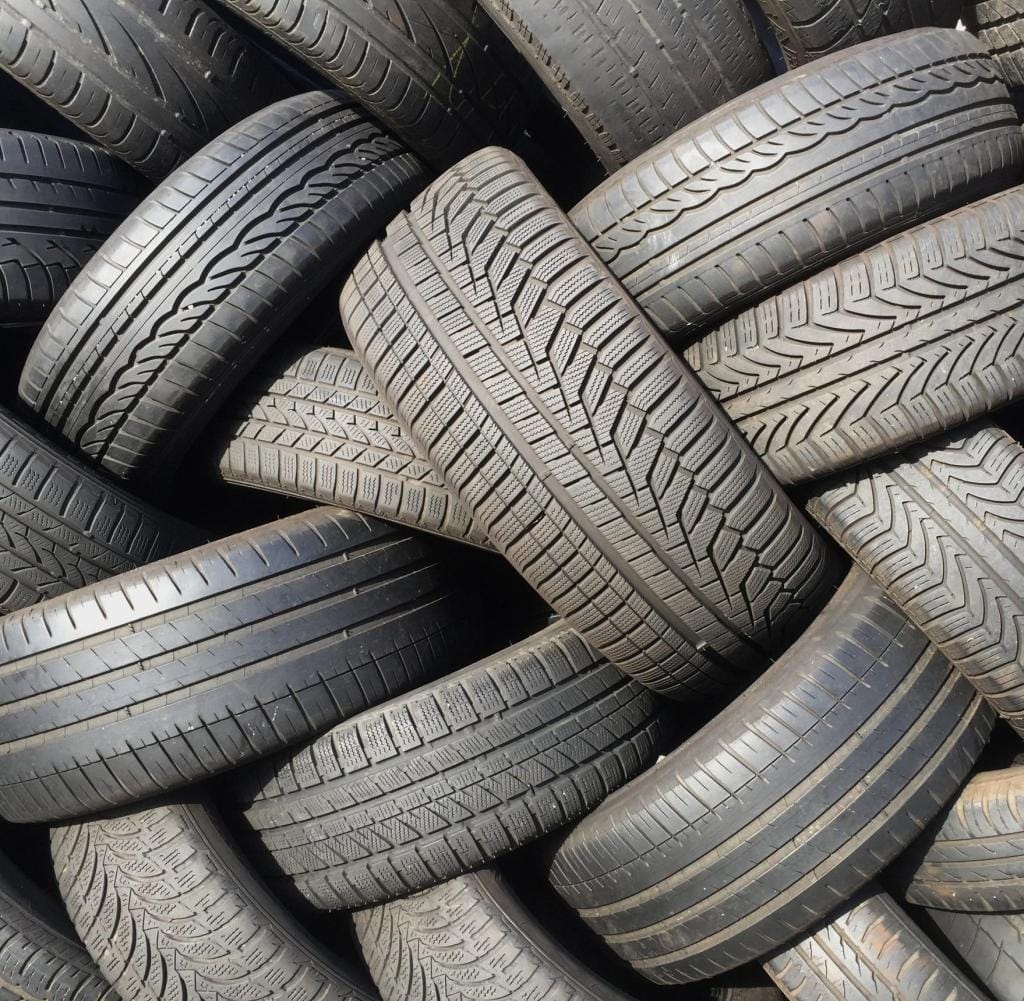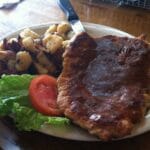This guide will explore the various interpretations of “Feifen,” examining its potential origins, meanings, and cultural contexts. We’ll delve into the most likely possibilities, acknowledging the uncertainties and ongoing research surrounding this enigmatic term.
Decoding “Feifen”: Whistling, Misspellings, and More
“Feifen” presents us with a linguistic puzzle. Its meaning remains elusive, prompting exploration of various possibilities. It might be a misspelling, a word from another language, or perhaps something entirely new. Let’s dive in.
Whistling: The German Connection
One likely explanation is a simple misspelling of the German word “pfeifen,” meaning “to whistle.” The phonetic similarity suggests this is a strong possibility. fish antibiotics doxycycline
Types of Whistling (Feifen/Pfeifen):
- Pursed Lips Whistling: The classic method, creating sound by blowing air through puckered lips.
- Finger Whistling: Using fingers to modify lip shape, producing a louder, higher-pitched whistle.
- Tongue Whistling: A more complex technique involving tongue placement to control airflow and create varied sounds.
The Cultural Impact of Whistling
Whistling transcends mere sound; it carries cultural weight:
- Communication: Some cultures employ whistling for long-distance communication, almost like a coded language.
- Music: From folk tunes to classical compositions, whistling features in diverse musical expressions.
- Rituals and Traditions: Whistling holds ceremonial significance in certain cultures, adding a unique auditory dimension to spiritual practices.
The Science of Whistling (Feifen/Pfeifen)
The physics of whistling are surprisingly intricate:
- Airflow: Forcing air through a small opening (lips, or the space between fingers and lips) generates vibrations.
- Resonance: The mouth acts as a resonator, amplifying these vibrations into the audible sound we recognize as whistling. Different mouth shapes produce varied pitches and tones.
Learning to Whistle (Pfeifen)
Mastering the art of whistling involves practice and experimentation:
- Lip Positioning: The key is finding the right lip formation; there’s no single “correct” way.
- Airflow Control: Gentle, controlled breaths are essential. Experiment with air pressure.
- Practice: Consistent practice is crucial for improvement. Try different techniques to find what works best.
Practical Uses of Whistling
Whistling’s utility extends beyond entertainment:
- Music Performance: Many musicians incorporate whistling into their work, adding a distinctive flair.
- Bird Calling: Skilled whistlers can mimic bird songs, useful for birdwatching or training.
- Signaling: Whistles are common in sports and dog training for conveying commands and signals.
Famous Whistlers: Masters of the Craft
History boasts numerous accomplished whistlers, demonstrating the artistry achievable with this often-underappreciated skill. Researching these individuals can provide inspiration and highlight whistling’s potential.
Ongoing Research: Exploring the Nuances of Whistling
While we understand the basic mechanics and cultural significance of whistling, research continues. Scientists may be investigating the intricacies of different whistling techniques, or delving deeper into whistling’s historical and cultural roles across various societies.
Fife: Unraveling the “Feifen” Misunderstanding
The word “Feifen” likely arises from a misspelling of “Fife,” a region in Scotland rich with history and intrigue. If “Feifen” sparked your interest, exploring Fife might unveil even more fascinating discoveries.
Fife: A Glimpse into Scotland’s Past
Fife, often called “Scotland in Miniature,” encapsulates the country’s diverse landscape and heritage. Its history spans ancient kingdoms, powerful thanes, and a blend of royal and industrial influences.
Ancient Mysteries and Royal Intrigue
- Dunino Den: This ancient site harbors intriguing rock carvings, possibly of Druidic origin, shrouded in mystery.
- Balbirnie Stone Circle (Druid’s Circle): This prehistoric site suggests ancient rituals and beliefs.
- The Thane of Fife: This powerful medieval title played a crucial role in Fife’s history. Further research can uncover the responsibilities and influence associated with this position.
Fife’s Industrial and Cultural Heritage
Fife’s identity is intertwined with industries like coal mining, fishing, and weaving. These activities have shaped its cultural landscape and the lives of its people.
The Darker Side of Fife’s History
The 16th and 17th centuries marked a period of witchcraft accusations and paranoia in Fife, a somber chapter in its past.
Fife Today: A Blend of Past and Present
Modern Fife reflects its rich history, influencing its culture, tourism, and local identity.
“Feifen” as a Linguistic Puzzle: Exploring Other Possibilities
While the Fife connection seems most probable, other interpretations of “Feifen” exist:
Could “Feifen” Be Something Else Entirely?
Given the lack of a definitive meaning, “Feifen” could:
- Be a neologism: A newly coined word, perhaps originating online.
- Have a niche meaning: Possibly used within a specific community or subculture.
- Be a misspelling of a different word: It’s crucial to consider context. “Feifen” appearing in a musical context might suggest a misspelling related to sound or music, while in a gaming forum, it could mean something else entirely.
The Ongoing Investigation
The search for “Feifen’s” meaning continues. This exploration exemplifies our inherent curiosity and drive to understand language. New information may surface, reshaping our understanding.
Current State of Knowledge:
| Potential Meaning | Likelihood | Evidence |
|---|---|---|
| Misspelling of “Fife” (Scotland) | High | Contextual clues and lack of other established meanings |
| Misspelling of “Pfeifen” (German “to whistle”) | Moderate | Phonetic similarity, relevant context relating to sound and whistling |
| Neologism/Niche term | Low | Lack of widespread recognition and established usage |
| Other misspelling | Low | Requires further investigation and contextual clues |
This table summarizes our current understanding. Further research might unveil new information, adding to the “Feifen” enigma. This exploration highlights the dynamic and evolving nature of language.
- Jesus Bible: Discover Jesus’s Story Throughout Scripture - April 27, 2025
- Don Luis: Unraveling the 16th-Century Virginia Mystery - April 27, 2025
- Captain J’s Kauai Tours: Unforgettable Na Pali Coast Adventures - April 27, 2025

















1 thought on “What is Feifen? Exploring the Meaning and Potential Misspellings”
Comments are closed.